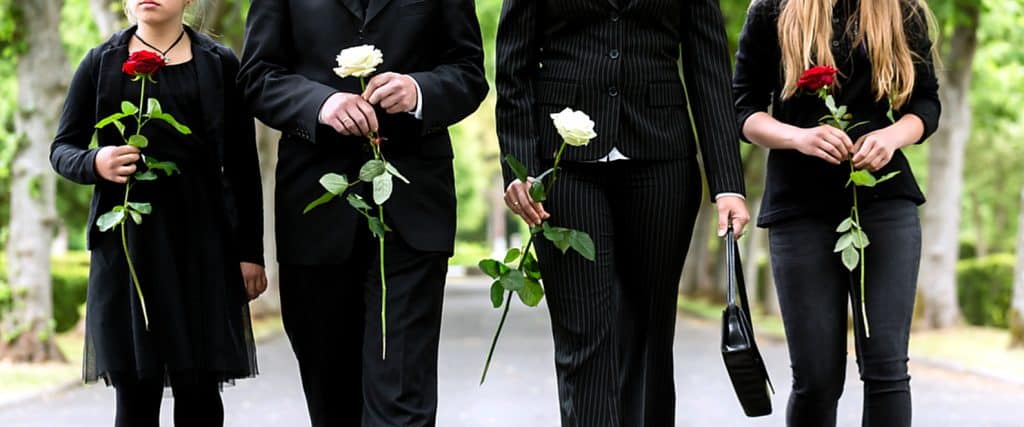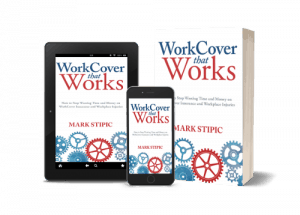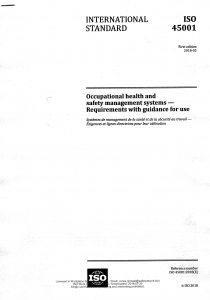 The Governance Institute of Australia hosted a discussion about “Corporate culture and people risk — lessons from the Royal Commission”. The seminar was worthwhile attending but there was also moments of discomfort.
The Governance Institute of Australia hosted a discussion about “Corporate culture and people risk — lessons from the Royal Commission”. The seminar was worthwhile attending but there was also moments of discomfort.
The reality was that The Royal Commission into Misconduct in the Banking, Superannuation and Financial Services Industry was not discussed in any great detail as it was treated as a ghost hovering behind the discussion but not a scary ghost, almost a ghost of embarrassment.
And it seems that “People Risk” is what the Human Resource (HR) profession calls occupational health and safety (OHS) when it can’t bring itself to say occupational health and safety.

 Victoria’s Premier
Victoria’s Premier 
 Recently Australian media was entranced with an
Recently Australian media was entranced with an  Last time we looked at the Australian Senate Inquiry into “
Last time we looked at the Australian Senate Inquiry into “
 Recently the Safety Institute of Australia (SIA) published
Recently the Safety Institute of Australia (SIA) published